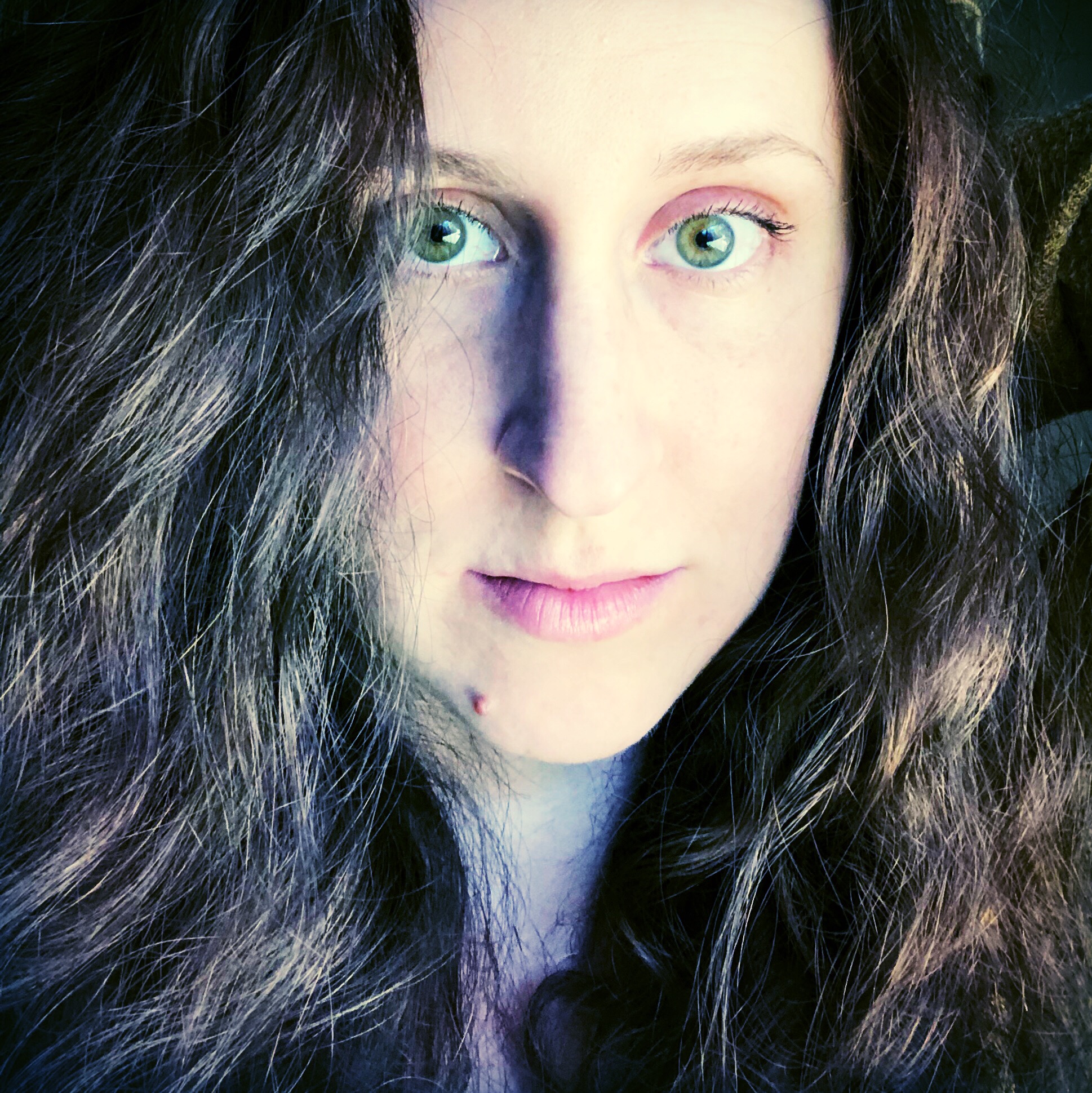“That truth is that monsters are real, and ghosts are real, too. They live inside us, and sometimes they win.”– Stephen King, Introduction to The Shining (Simon and Schuster edition, 2002)
(I made that sign. Isn’t it cute?)
Ah, October. What a lovely, spooky month. And what better time to turn our minds to thoughts of goblins, beasts, vampires, murdering psychopaths, ghouls, zombies, and the occasional resident ghost?
Wikipedia tells me that “the word ‘monster’ derives from Latin monstrum, an aberrant occurrence, usually biological, that was taken as a sign that something was wrong within the natural order.” So if you think about it, monsters are simply the abnormal in the worst possible way — anything different that is perceived as frightening.
Since I love to categorize and classify things, let’s break it down, shall we?
(Sorry, couldn’t resist.)
I contend that there are only 2 broad types of monsters:
1) Physical
2) Metaphysical
A monster is one, the other, or both. No monster is neither, or it does not exist and is therefore not a monster.
And all monsters can be categorized in one or more of the following sub-types:
Alien– from another planet/world/dimension/time
example: Alien
Belief-based– only exists if the victim believes it exists
example: Voodoo creatures
Historical– long-lost, previously existing creature
example: Bigfoot, King Kong
Human– people, but bad
example: Psycho, American Psycho
Supernatural– things with no explanation other than “it just is”
Magic– spells, power, ritual, etc.
example: Pet CemetaryReligious/mythological– beings created by higher powers
example: Cerberus, Satan
Biological– a being or creature with a viable scientific explanation
Man-made– an experiment
example: Mr. HydeNatural– a species created through evolution, etc.
example: apes in Planet of the Apes, Graboids in Tremors
Perceived/false– the faux monster
example: The Sandlot’s “The Beast,” To Kill a Mockingbird’s Boo Radley
And all of these types are scary for one or more of these reasons:
Malicious intent
Motive unknown
example: Michael Myers in HalloweenMotive known
example: Aileen Wuornos in MonsterInstability of motive
example: Jack Torrance in The Shining
Superior ability
Intelligence
example: JigsawStrength
example: JasonSpeed
example: 28 Days Later zombiesAuthority
example: Hellraiser, LestatPowers
example: The Ring, The FacultyWillingness to do evil
example: villains in Scream, killer in Frailty
Physical appearance
example: Nosferatu, The Grudge, monster in Pan’s Labyrinth
The unknown
example: The Sixth Sense
Distant presence
example: The Blair Witch Project
All of this works together to create a sense of inevitability, a sort of looming powerlessness as if the protagonist/victim is helpless against what’s coming. And that, my friends, is why monsters are scary.
What do you think? Who (or what) is your favorite monster? What “type” are they? And of all the types, which kind is the scariest to you?
I’ll be doing several scary/horror-based posts this month in honor of Halloween. Welcome to my dark little corner of the world. Happy October.
Share this:


